Authors’ Rights and Copyright
The Law always safeguards (and protects) the product of human creativity, as long as it possesses an appropriate creative capacity and is in tangible form.
Unlike trademarks and patents, authorial copyright does not require any filing for the establishment of the right and therefore for its protection. It is however imperative to always keep evidence of the creation of the work, otherwise the authorship right and the exclusive economic exploitation right related to it are both jeopardised.Music, literature, drawing… Although there is no exhaustive list of work genres to refer to, it is always a good idea to plan a responsible legal protection strategy, tailored to suit the creative creation.
Do you want to receive now a personalized quote? Click on the “CALCULATE A QUOTE” button below. Answer a few simple questions and you’ll get a quote in less than two minutes.
Our special services dedicated to this practice area are:
Italian Authors’ Rights is mainly governed by Law no. 633 of 22 April 1941 and Title IX of the Italian Civil Code; however, there is not a list of works or absolute categories to refer to. The following can certainly be taken into consideration: Texts, Publishing, Photography, Music, Novels, Screenplays, Stylistic Design, Literature, Movies, Television, Presentations, Formats, Websites.
Article 2 of the Italian Authors’ Rights provides a list of works eligible for protection. Unfortunately, this is only an approximative list and, for this reason, we rephrase it below:
- literature: literary, dramatic, scientific, educational and religious works; both in written and oral form;
- music: musical works and compositions (with or without lyrics), dramatic-musical works and musical variations (provided they are original works themselves);
- figurative arts: sculptures, paintings, drawings, engravings or works belonging to similar figurative arts, including scenography;
- architecture: architectural drawings and constructions;
- theatre: choreographic and pantomime works (with or without a script);
- cinematography: cinematographic works (silent or with sound), photographic works;
- industrial design: works possessing artistic and creative value.
In addition, so-called “creative elaborations”, such as translations into another language, transformations from one literary or artistic form into another, adaptations, reductions, etc., are also protected. Following the implementation of Directives 96/9/EC and 91/250/EEC, computer programs and databases are also included in the list.
Authors’ Rights and Copyright
Interference and plagiarism cases
Contract drafting and negotiation assistance
Legal proceedings for counterfeiting, infringement, usurpation and vindication claims
Payment recovery and/or compensation for damages
Software registration with SIA (Italian Society of Authors and Publishers)
Do you want to receive now a personalized quote? Click on the “CALCULATE A QUOTE” button below. Answer a few simple questions and you’ll get a quote in less than two minutes.

Just cause dismissal: when courts uphold employer decisions
Dismissal for just cause is the most severe form of employment termination. It is a measure the employer may adopt when an event occurs that [...]

Artificial intelligence and copyright: creativity remains (still) human
In Italy, the relationship between artificial intelligence and copyright is taking clearer shape, thanks to an initial ruling by the Italian Supreme Court and a [...]
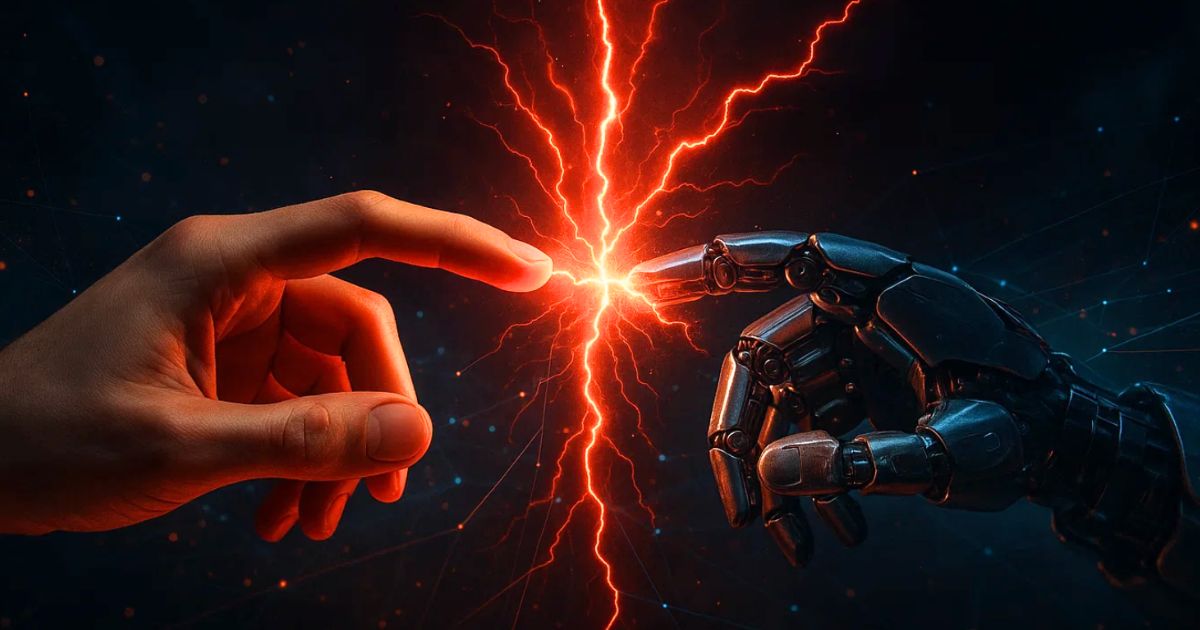
Is the software house liable if custom software doesn’t work?
When a company commissions the development of custom software from an external provider, it rightfully expects a working, reliable product delivered on time. However, delays, [...]

Corporate software: how to terminate the contractual relationship with the developer without losing your rights
Terminating a software development project can be a critical juncture for any company—especially in the absence of adequate contractual safeguards. What’s at stake is not [...]
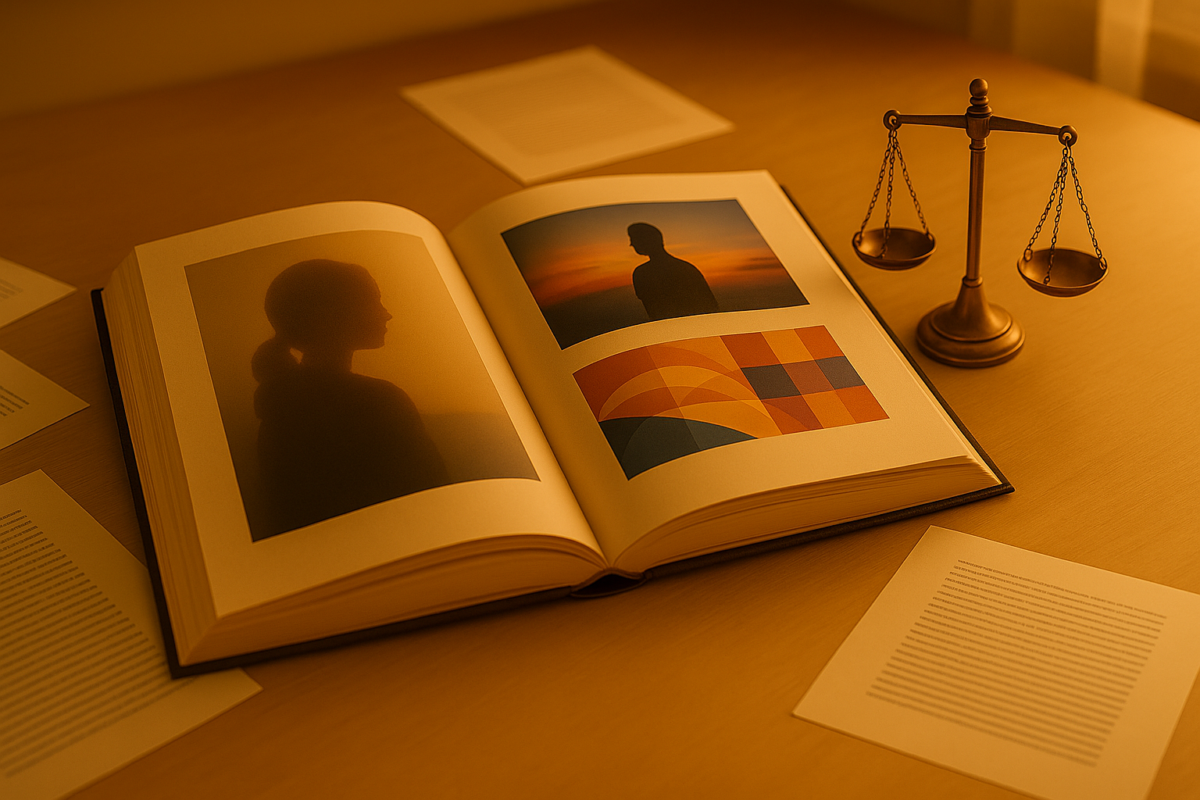
Copyright and images in book publishing: legal guidelines
In the publishing industry, the use of images is never a neutral act. Every photograph, drawing, or illustration may be protected under copyright law, and [...]

Employment stability clauses: when they are valid and what they involve
The stability clause, also known as a minimum duration clause, is an increasingly common feature in employment contracts, particularly in contexts where the company invests [...]
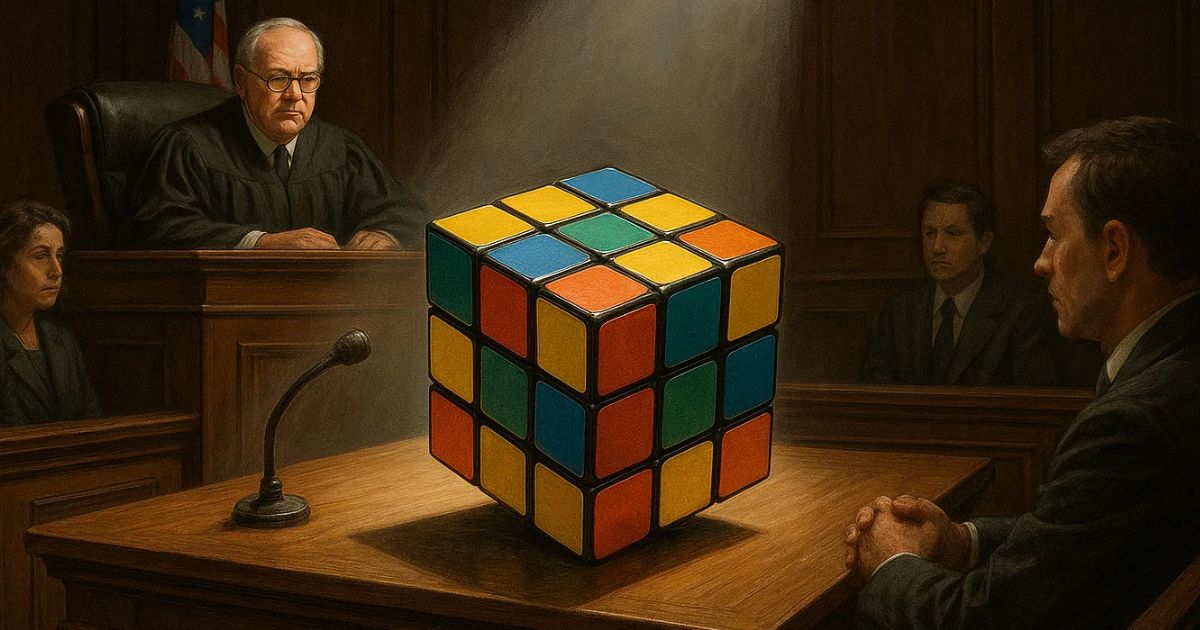
That “artistic value” the European Union doesn’t require (but Italy does)
On April 30, 2025, the Venice Court prohibited the sale of a three-dimensional puzzle called the “Cubo Teorema,” judging it too similar to the famous [...]
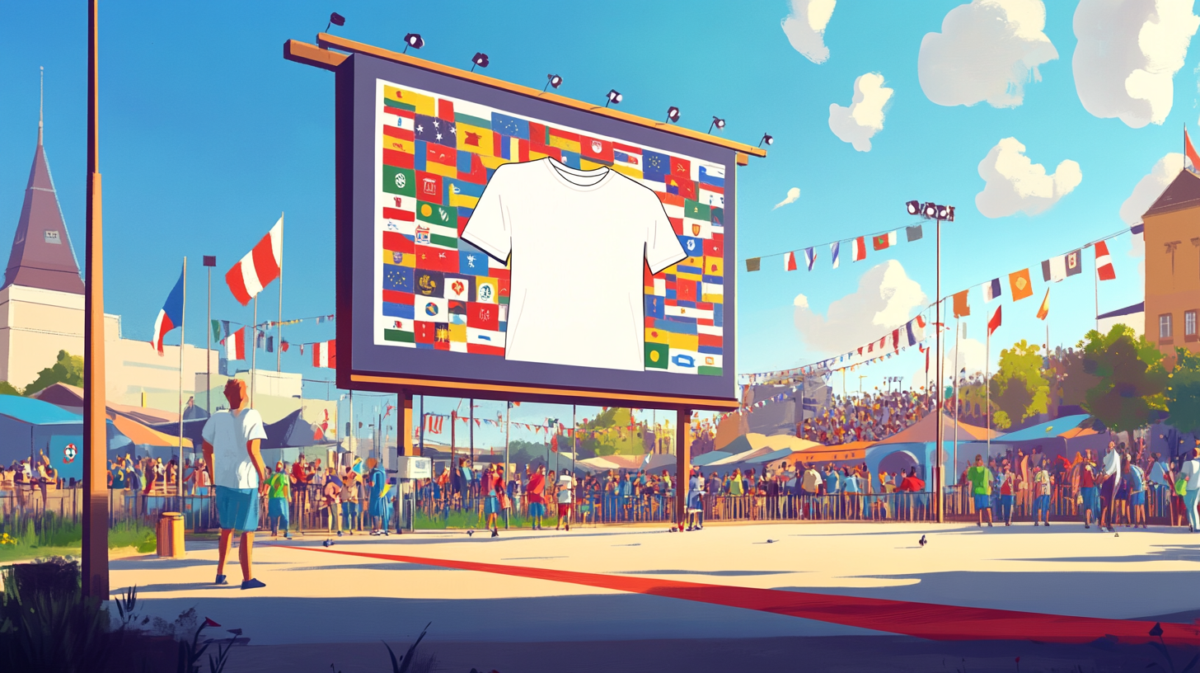
“Looks like a sponsor, but isn’t”: the Zalando and UEFA Euro 2020 case
Can a brand appear to be the sponsor of a major sporting event without actually being one? And more importantly: can it do so without [...]

“Cat Nat” insurance for SMEs: what changes in 2025
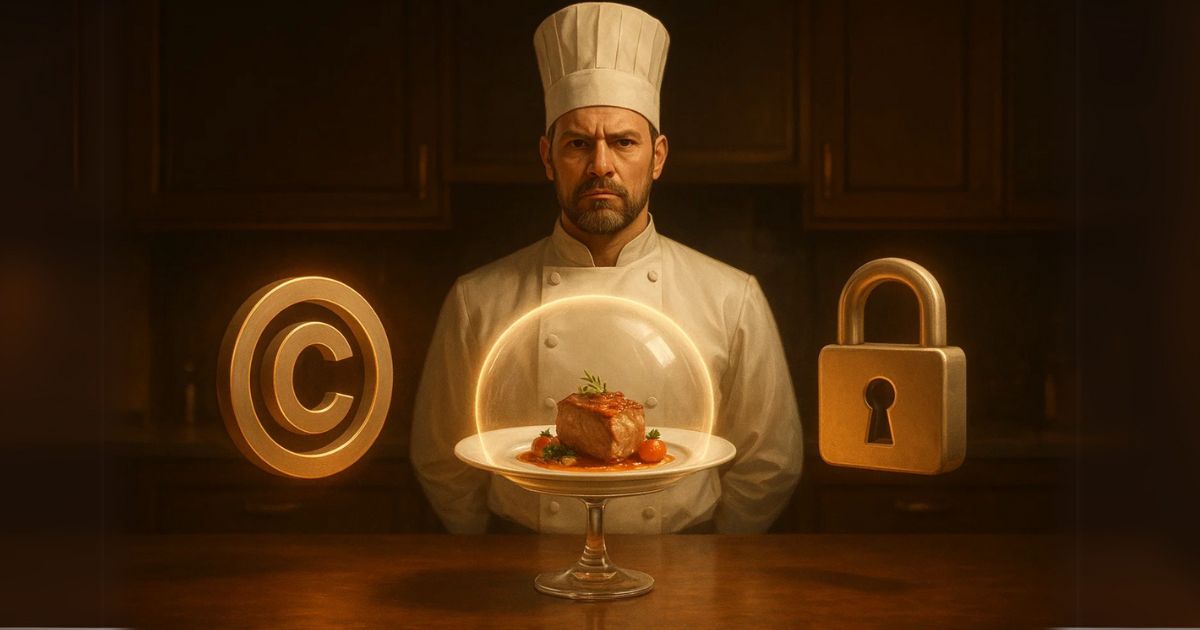
Defending innovation in the kitchen: patents, designs, and the chef’s secrets
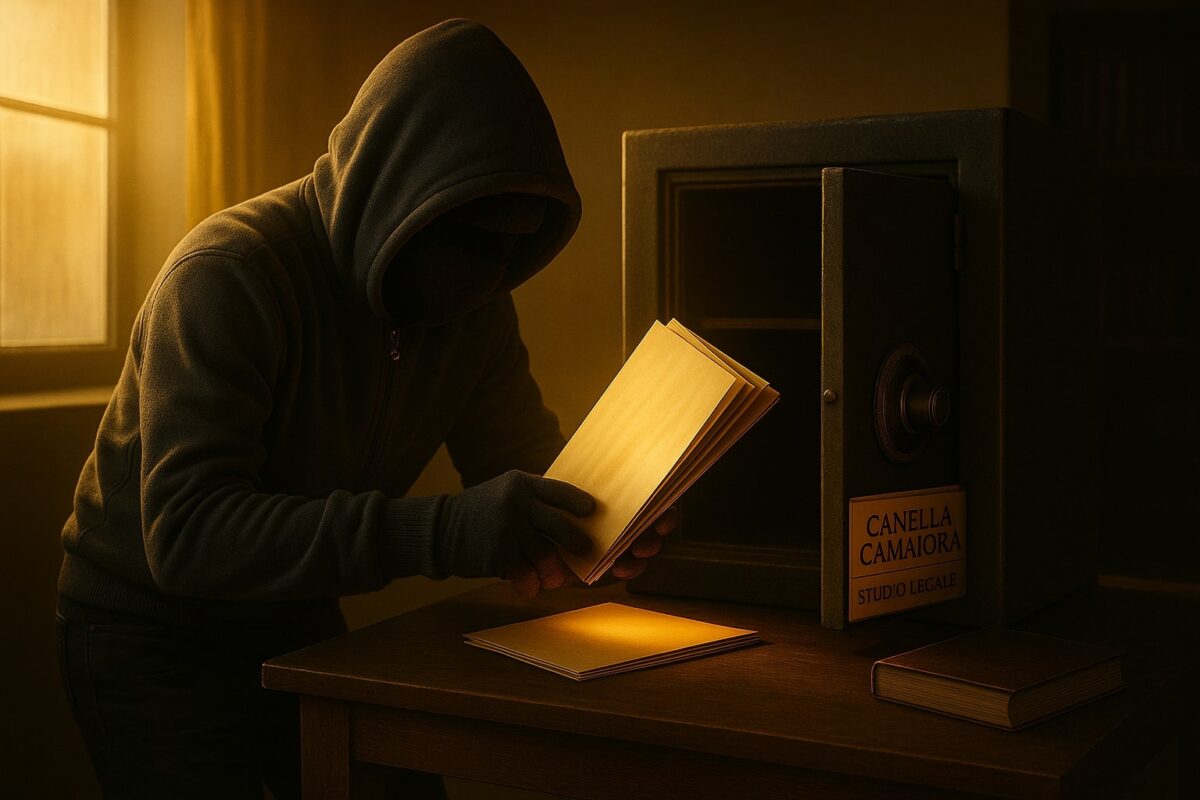
NDA and disloyal clients: the case of stolen projects and confidential materials
